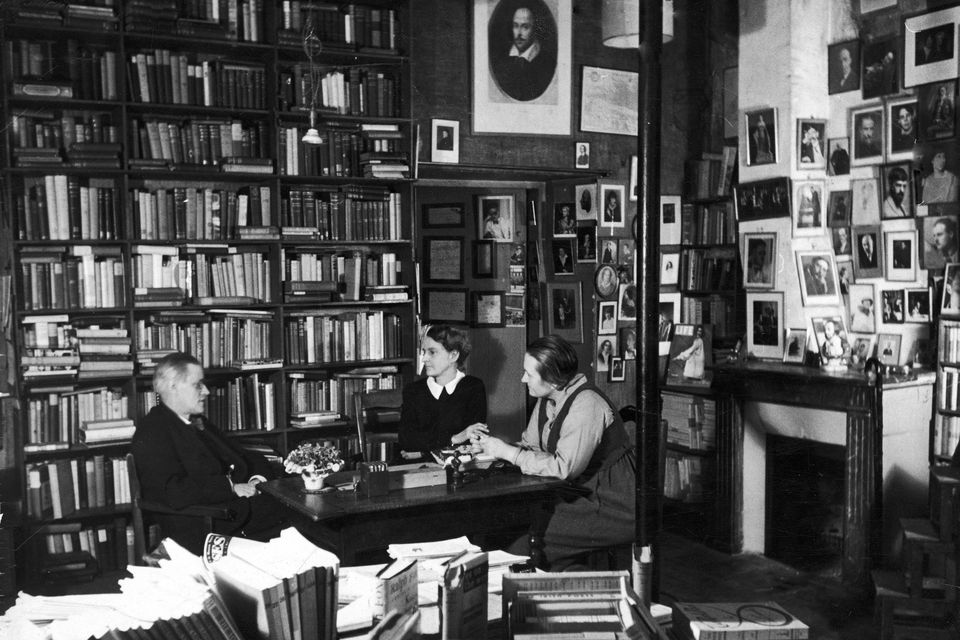Everything James Joyce wrote came from what he read and what he read came from those around him. Joyce read widely and to do so he drew on a widespread network of carriers and readers, often family members and often women. For her doctoral research, Emily Bell (ACDC) reconstructed Joyce’s library and investigated how he obtained these books in the first place. (text: Emily Bell)
It comes as no surprise that Joyce had lots of different literary inspirations. Many of these have been talked about since the landmark publication of his novel, Ulysses, in 1922. What is more surprising, however, is understanding how some of these inspirations came across his desk. “Joyce often relied on women, especially those in his family, to ferry reading materials to him or to read to him,” says Emily Bell. “Sometimes he employed women professionally as scribes. Other notable figures such as Sylvia Beach are well known for their importance in bringing about the difficult publication of Ulysses.”
The work of many hands
Joyce’s bad eye health often meant tasks of reading and writing had to be delegated. Emily Bell notes, “There are manuscripts in his wife Nora’s hand and evidence that some of his reading notes were read to him by his daughter, Lucia. It seems that he preferred to assign secretarial tasks to Nora, Lucia, his aunt or daughter-in-law.”
As the old saying goes, “Behind every great man is a great woman.” While women would prefer not to figuratively stand behind a man, those that did – like Nora and Lucia – are now receiving their due attention.
Contact
Emily Bell | emily.bell@uantwerpen.be


